Mark Andreas Available Works in Gadgets, Gizmos and Machines
Gadgets, Gizmos and Machines
curated by Daniel Aycock
featuring works by Mark Andreas, Thomas Broadbent, Phil Buehler, Ken Butler, Steve Mallon, Ken Ragsdale, Paul Raphaelson
June 17, 2022, Online Exclusive
Front Room is proud to present Gadgets, Gizmos and Machines, a group exhibition dedicated to the spinning, folding, floating, blowing, flying, fascinating objects and machinery that sustain and entertain us. The artists in the show all share an affinity for these moving Miracles of design. The gadget has long enjoyed a place in high art, as in Marcel Duchamp’s emphasis on objects like “The Coffee Mill,” the Ukrainian avant-garde artist Vladimir Tatlin’s human-powered ornithopter, and Lásló Moholy-Nagy’s kinetic sculptures. Automatons and Rube Goldberg devices have captivated the popular imagination for years. These animated objects are precise, purposeful, and mesmerize us with their own personalities.
The artists in this show represent different aspects of this fascination with geared apparatus, and there could easily be whole exhibitions composed of each aspect: kinetic art, functional instruments, diagrams, and photographs of cars/planes/industrial equipment. This exhibition focuses on the shared appreciation of the magic of these moving machines, across the spectrum.


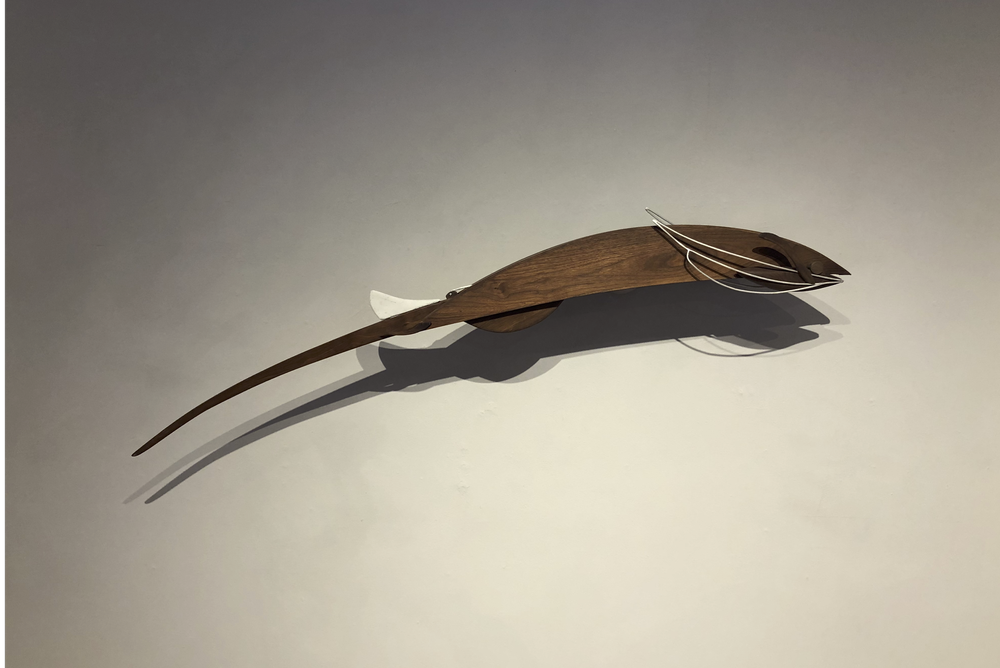

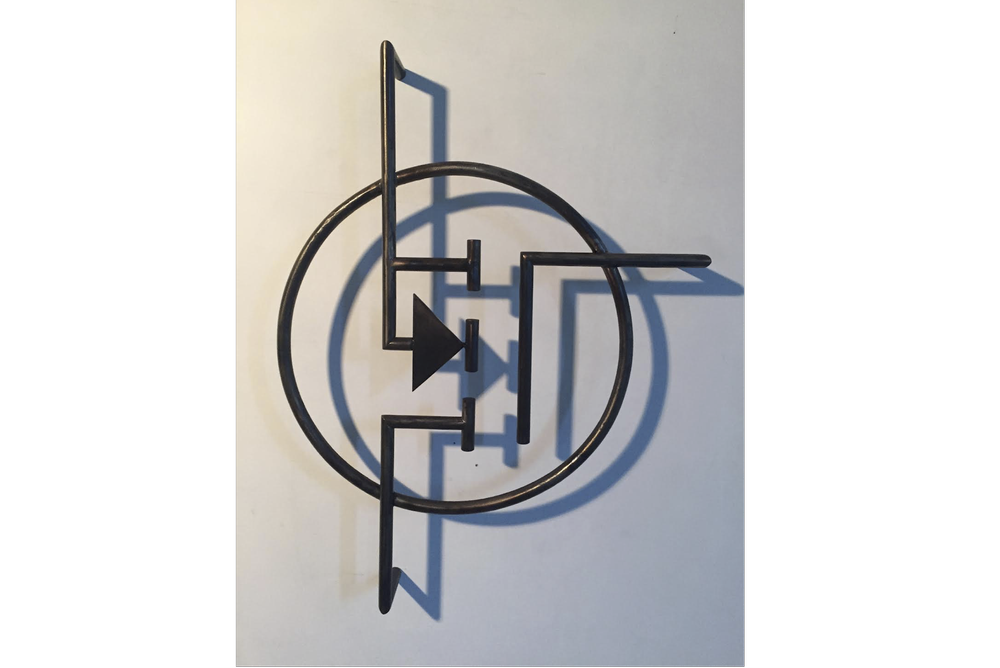

Mark Andreas’s work is informed by his past experiences as a craftsman, carpenter, furniture maker, blacksmith, boat builder and designer. His environmentally reactive sculptures move and act with forces of nature. They combine traditional hand-crafted woodworking and metal smithing methods with modern construction techniques.
Andreas’s “Dragon” is a wall-mounted sculpture that explores the relationship between time and transformation, as well as the interaction of water, air, and solid materials which cause the sculpture to react. The viewer fills a reservoir with approximately 16 ounces of water and slowly funnels the water into the dragon’s tail. The weight of the water in the tail lifts the wings. After a few days or so, the water in the tail is drawn out through a process known as capillary action. In this piece, the capillary action will ultimately cause the water in the tail to evaporate and, as a result, the wings are slowly lowered until they reach their resting point.
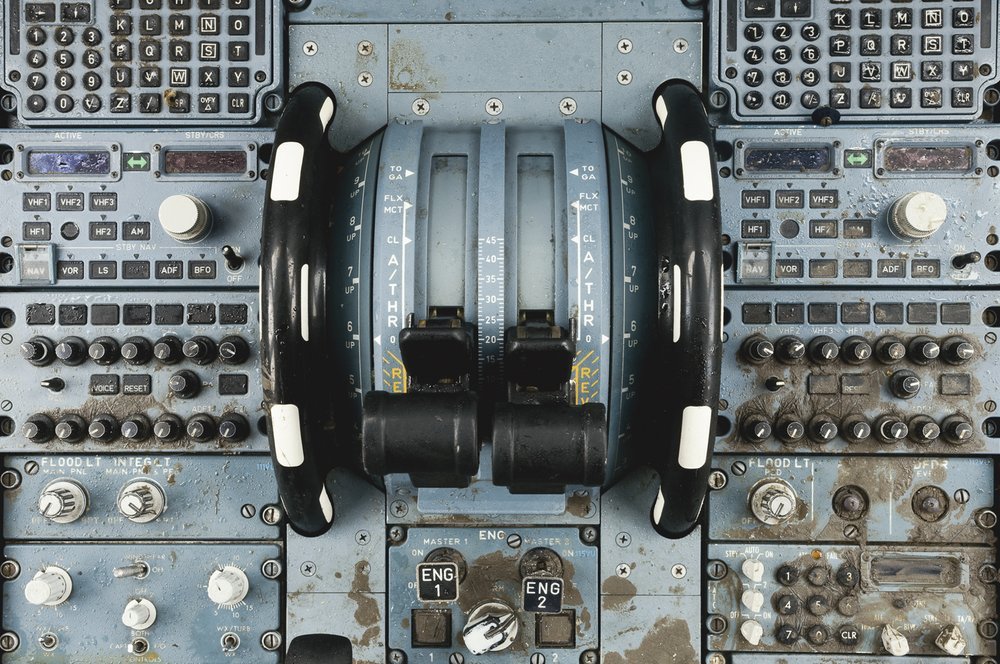
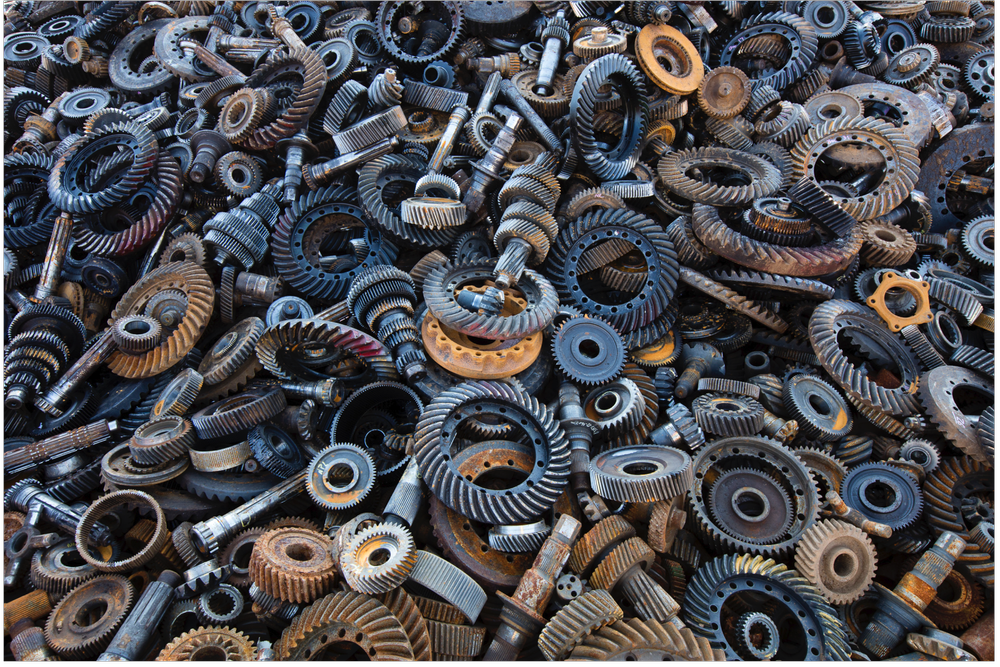

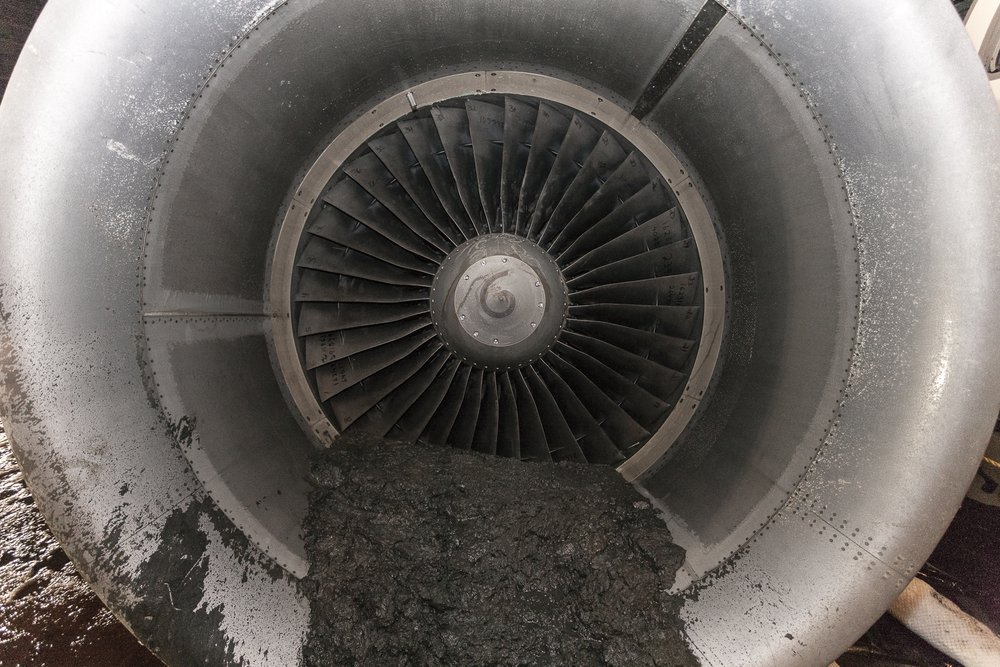
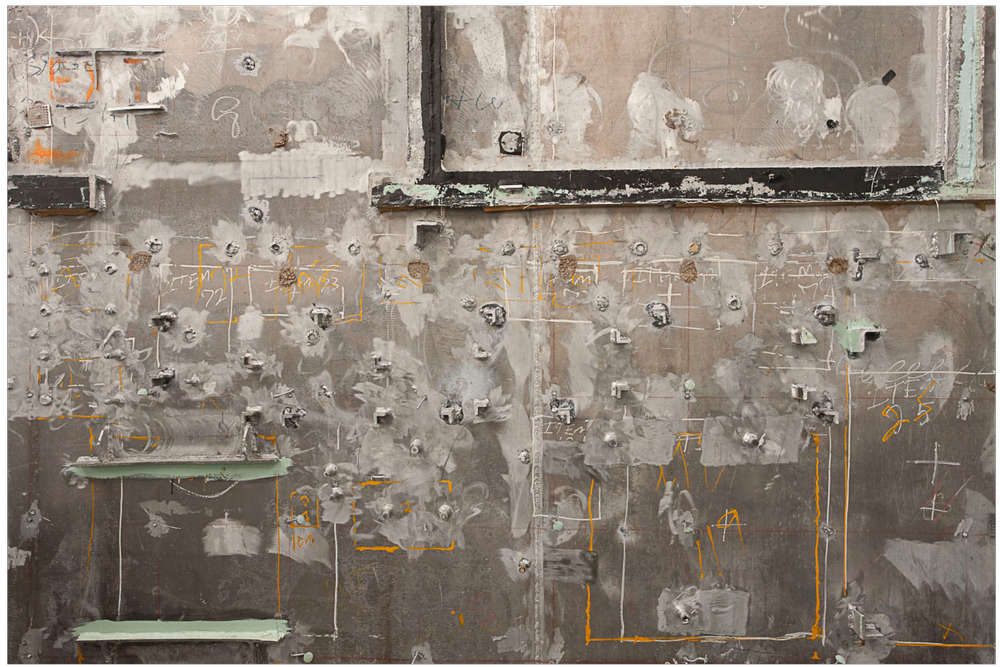
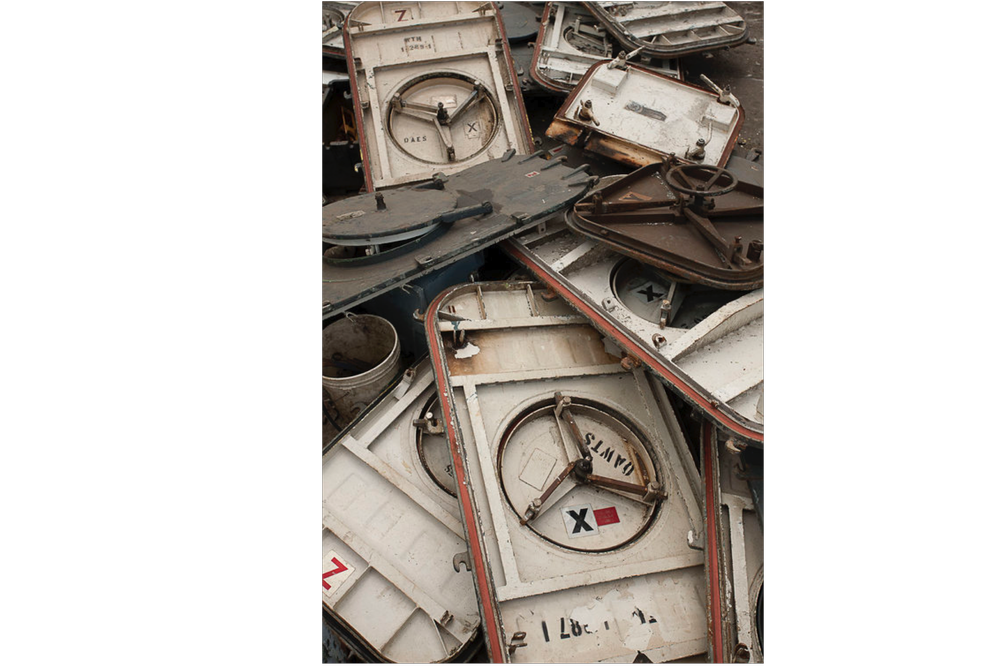
Steve Mallon is known for his photographs of big (with a capital “B”) things crashing, sinking, levitating, being dismantled or constructed. In “American Reclamation” many of the subjects are small bails, stacks, compressed cubes, mounds, random/shapeless units, and swirling vortexes. Light gleams off the corners and facets of gears and chrome strips or fades indistinctly into bails of office papers that have been squished into abstract forms.


































